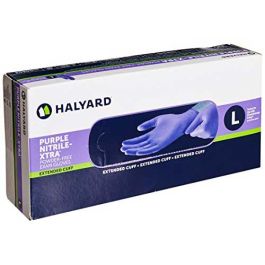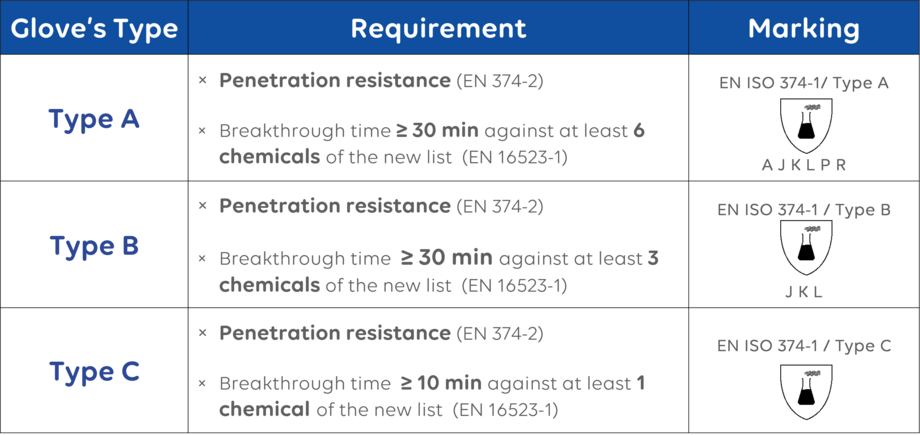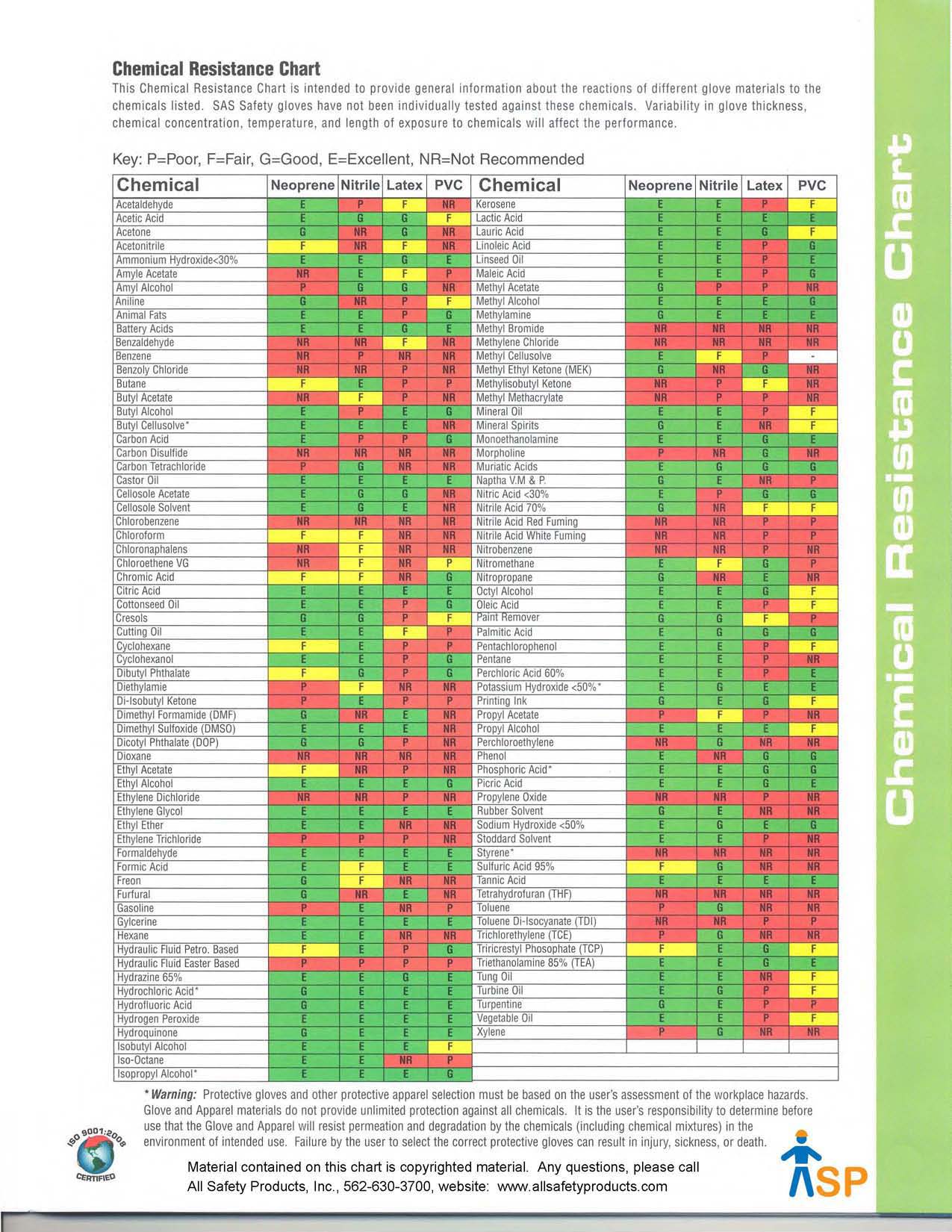Another thing to be aware of is there are no standards for
exam gloves. Only gloves bearing the EC logo are
rated. Exam gloves have no thickness standard, and are for general precautions only. If you are looking at bona-fide USA made medical exam gloves, you will find that the mil thickness is not written on the box, and is not visible on any manufacturer's literature. Only gloves designated for occupational chemical exposure are rated. For example, I use rated butyl rubber gloves in my stoddard tank. Butyl is generally incompatible with stoddard, but the breakthrough time for the
rated milsurp chemical gloves I use is many hours, so I get months of periodic use out of a pair before the rubber goes soft.
This is the EC rating symbol system for chemicals:
They are printed on the cuff:
This is a highly abbreviated table- very little detail, but the key is matching the right chemicals to the resistance you need. The book that supports this chart is over 300 pages of data and references, but it has Wiley Publishing written on the cover, so you'll want a company expense account to bill access to it against. This says nothing for thickness or breakthrough time, and if you don't know your organic chemistry it does not help you predict resistance to unlisted chems. If you do know your chemistry, it becomes very easy to see what holds up and what doesn't, based on chemical class. For example (generalization), strong nucleophiles are resisted by viton, aliphatics resisted by nitrile, weak nucleophiles are resisted by butyl, etc.

www.vitalitymedical.com




